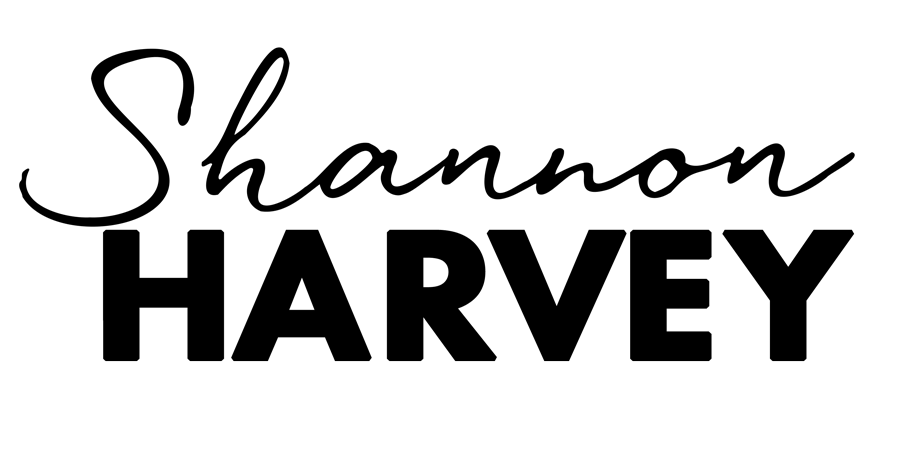
I’d like to do an experiment. I’m about to write a couple of sentences and I want you to read them. But after you’ve read them, I don’t want you to think about what I’ve written. Ready?
The pink elephant is coming, but don’t worry.
Actually, there are a lot of pink elephants coming and they might be harmful!
Whatever you do, don’t think about and don’t panic about the deadly pink elephants which are coming RIGHT NOW (and hoarding all the toilet paper!!!)

Isn’t it interesting that once I’ve planted thoughts in your head, you can’t actually un-plant them? How thoughts can transfer from my head into yours, and you have no way to stop them? And how by telling you to not think about pink elephants, the pink elephants can become even stronger?
As you’ve probably guessed, this is not actually a story about pink elephants. I’ve adapted the pink elephant thought-experiment from work pioneered by the Daniel M. Wegner, a social psychologist who is most famous for his 1980s experiments in which people were unable to stop themselves from thinking about a white bear and I’m using the exercise to demonstrate just how quickly and easily thoughts, feelings and emotions can transfer from one person to another.
This is actually a story about stress contagion and how I’ve come to realise that although I’m currently following all the expert health recommendations for good physical hygiene during the worldwide COVID19 emergency, after recently completing My Year of Living Mindfully, and learning to better understand how my mind works, I’m also going to need to start implementing strict mental hygiene protocols as well.
At a time when anyone and everyone is a potentially undiagnosed spreader of COVID19, when only those who have travelled overseas or been in direct contact with a confirmed case of the illness are eligible for testing, and when there is up to a seven day lag between being tested and finding out the result, feelings of uncertainty, distrust, suspicion and confusion are putting many people over the edge. Panic buying is stripping supermarket shelves and fist fights are breaking out over toilet paper.
Is it just me, or does it seem like the stress response to the virus is spreading even faster than the virus itself?
The very real phenomenon of “stress contagion” is not news to social scientists. Researchers have shown they can raise levels of the stress hormone cortisol in people simply by having them observe others having to give an impromptu speech to a hostile audience. Far from being “all in our mind,” stress has been shown to be physiologically passed between lovers, between strangers, between parents and children, between teachers and students, and between caregivers and their patients.
One especially salient study done by academics from Cornell University in collaboration with Facebook found that if they filtered user’s news feeds (the flow of comments, videos, pictures and web links posted by other people in their social network) toward more positive or negative emotions, they were then able to influence the positive and negative emotional tone of user’s status updates. In other words, a more negative feed meant a more negative mood. The study concluded, “Emotions expressed by friends, via online social networks, influence our own moods, constituting, to our knowledge, the first experimental evidence for massive-scale emotional contagion via social networks."
From an evolutionary perspective, I can see that having an ability to “catch” another person’s emotions makes sense. In palaeolithic days, getting along with others would have been essential to my survival because living in social groups meant there were more people to help with the hunting and gathering of food, bringing up the kids, and fending off attackers. Emotional contagion is a relatively fast and effective way of understanding another person’s state of mind, which in turn, makes it easier to get along.
Unfortunately our ancient brains haven’t quite caught up with new technology and lately most of us have been experiencing an interminable flood of worrying emails, texts, chats, notifications, feeds, “optimised” search results and click-worthy headlines. This afternoon I found my heart racing and my muscles tensed in fight or flight mode, simply by watching a video of two people, who I didn’t know, coming to blows in a supermarket that I’d never visited. It was a full blown pink elephant stampede in my mind and body.
I’m aware that an appropriate level of worry is quite necessary in the coming days, weeks and months as I navigate uncharted waters and do my part to slow the spread of COVID19. I don't yet know if I or anyone in my family will get sick. But one thing is clear; the mental health implications of long term stress contagion are very real and very serious. So, with this in mind, I’ve taken the five common physical health recommendations and partnered them with their mental health equivalents.
1. Social (Media) Distancing
Although it can be convenient to log on from time to time and connect with a loved one or social group, as I wrote in my piece Weapons of Mass Distraction: How Your Phone Hijacks Your Behaviour, I can’t trust myself to resist from “just checking,” and have found like so many others, that constantly getting lost in a bottomless social media echo chamber can leave me feeling worse, not better about the world. Ironically, one study found that if people spent more than two hours a day on social networks, their chances of feeling socially isolated are twice as high. For this reason, I’ve deleted social media from my smartphone. I’m instead making more of an effort to make meaningful connections with the people I care about. My six-year-old son has started sending actual letters to his friends to stay “connected” since the schools were closed and I’ve never known a Like or Retweet generate anything close to the joy I felt when I received an invite to my mother's group's virtual house party this weekend.2. Practicing Good (News) Hygiene
As Lenore Taylor recently wrote,“The news rolls in like waves. One unfathomably huge development crashing on another.” I’m checking in on the news headlines once in the morning and once in the evening and turning to trustworthy sources that hold firm against the conspiracy theories, click bait, advertorial, and misinformation. I’m also making sure to take in a daily dose of positivity. The Guardian’s laugh thread is a one place to start.
3. Travel Ban(daid)s
We’ve just installed a web camera in our living room and this afternoon ran a successful experiment between my six-year-old-son and his 92-year-old great-grandmother, who forged ahead with their weekly poetry lesson over Skype. I’m hoping old-school imagination combined with modern technology will see us through social distancing policies which are now expected to last for months not weeks. I’m also hugging my kids and husband a lot. See my piece The Proven Healing Power of Touch for more.
4. Self(-less) Isolation
I've been finding that it’s really easy to get lost in a me me me narrative at the moment. How and I going to cope if I can’t buy hand sanitizer? How am I going to get any work done now that the schools are closed? How am I going to feel if they won't let me take the kids to the beach? To get out of my own head, I've tried to do something every day to put things back into perspective. See my piece The Power of Purpose and Passion In Dark Times for more.





 My Year of Living Mindfully (DVD)
My Year of Living Mindfully (DVD) The Connection (DOWNLOAD-TO-OWN)
The Connection (DOWNLOAD-TO-OWN) My Year Of Living Mindfully - Book
My Year Of Living Mindfully - Book




